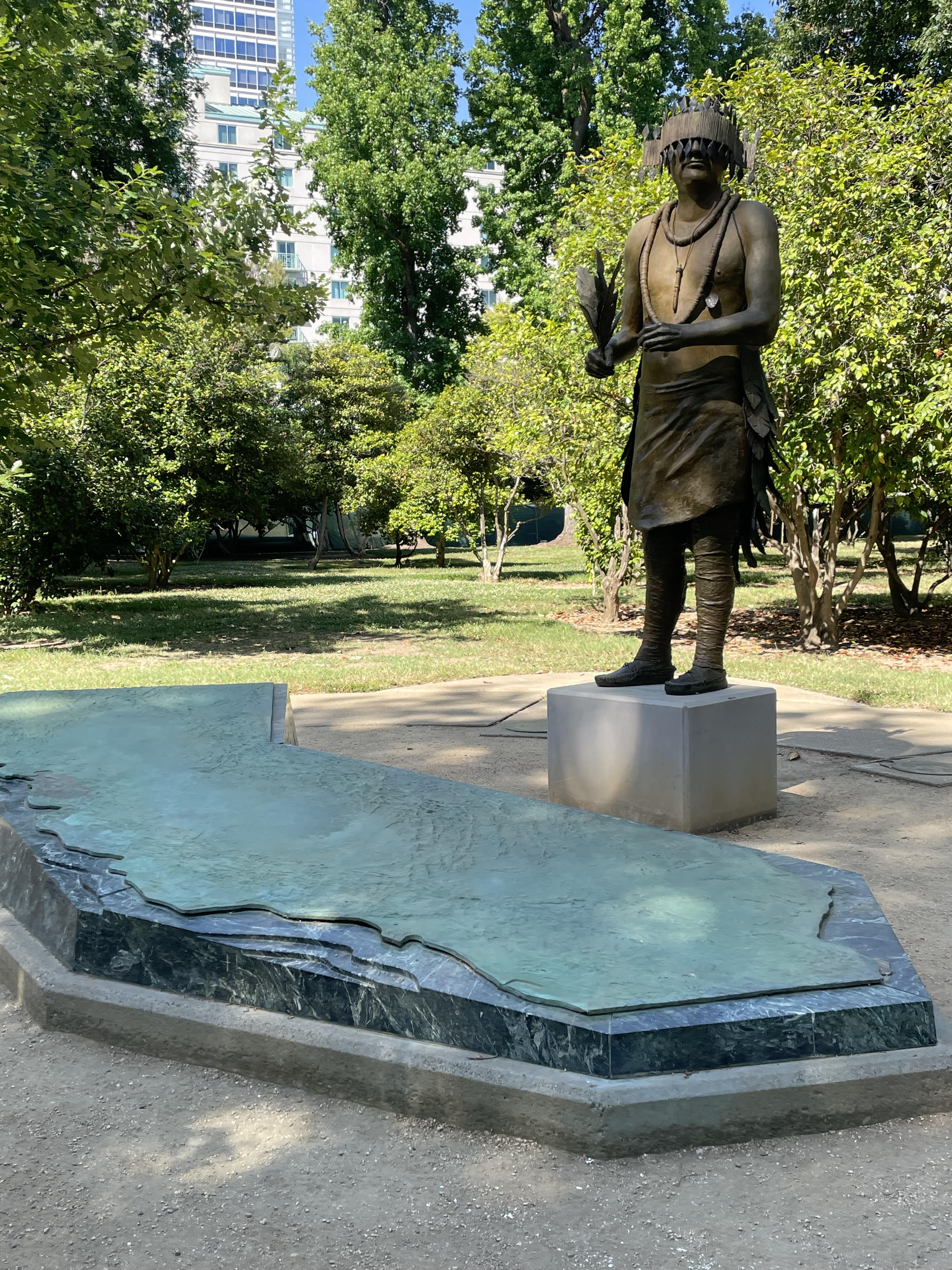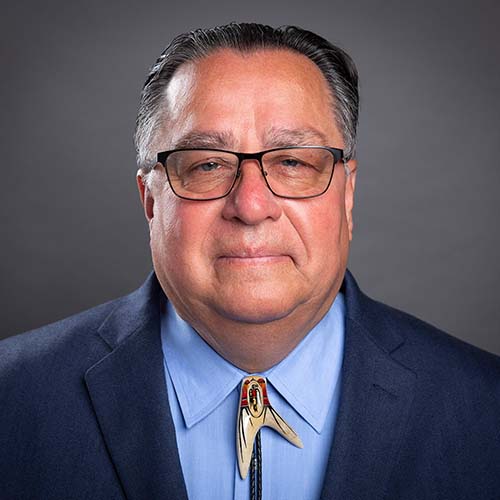
- Details
- By Native News Online Staff
Happy Native American Heritage Month! Each November, Native American Heritage Month is celebrated in the United States. While many Native Americans like to say we celebrate being Native Americans year round, it the month present opportunies to reflect on our ancestors, history, and culture.
Here are some stories you may have missed this past weekend:
US Senate Reaches a Tentative Deal to End Longest Federal Shutdown in History
Shortly before 11 pm - EST, the U.S. Senate reached a bipartisan deal Sunday to end the longest government shutdown in the nation’s history, a 40-day standoff that shuttered federal agencies, furloughed hundreds of thousands of workers, halted SNAP benefits for millions and highly disrupted air traffic throughout the United States.
Under the plan, federal employees would receive back pay for the weeks they went without paychecks, and departments would be barred from additional layoffs through the end of the year. Essential programs, including food assistance and veterans’ services, would resume operations within days of the president signing the measure.
The deal also postpones a decision on extending health-insurance subsidies under the Affordable Care Act. Senators agreed to hold a separate vote on that issue in December.
Governor Newsom Proclaims Native American Heritage Month
California Gov. Gavin Newsom on Friday issued a proclamation declaring November 2025 as Native American Heritage Month.
California is home to 109 federally recognized tribes — the most of any state in the contiguous United States. These tribes are spread across the state, from urban centers to rural mountain and desert regions.
The proclamation comes ahead of Newsom’s trip to the 30th Conference of the Parties (COP30) in Brazil, which is expected to include the largest Indigenous participation in the event’s history. The conference will highlight the role of Indigenous peoples as “guardians of biodiversity.”
Native American Designers You Should Know, Part 01
Since time immemorial, Indigenous people have executed textile, beadwork and craftsmanship into powerful cultural expressions. Today, Native designers are elevating their ancestral knowledge and cultural roots to new heights with luxury fashion designs that stun on the runway and shine on the red carpet.
From the deserts of the Navajo Nation to the studios of New York Fashion Week, Indigenous designers are rising in an industry that has long overlooked or appropriated their cultures. These artists are preserving traditional techniques to create bold, contemporary work that harkens to their ancestors, speaks to the present moment, and forges a future of design. Here is part one of Native American fashion designers you should know.
More Stories Like This
Native News Weekly (August 25, 2024): D.C. BriefsUS Presidents in Their Own Words Concerning American Indians
Oral History Project Announces 14th Stop in Portland, Oregon: NABS Continues to Gather Crucial Stories Across Indian Country
Breaking News: US Senate Reaches a Tentative Deal to End Longest Federal Shutdown in History
Help us tell the stories that could save Native languages and food traditions
At a critical moment for Indian Country, Native News Online is embarking on our most ambitious reporting project yet: "Cultivating Culture," a three-year investigation into two forces shaping Native community survival—food sovereignty and language revitalization.
The devastating impact of COVID-19 accelerated the loss of Native elders and with them, irreplaceable cultural knowledge. Yet across tribal communities, innovative leaders are fighting back, reclaiming traditional food systems and breathing new life into Native languages. These aren't just cultural preservation efforts—they're powerful pathways to community health, healing, and resilience.
Our dedicated reporting team will spend three years documenting these stories through on-the-ground reporting in 18 tribal communities, producing over 200 in-depth stories, 18 podcast episodes, and multimedia content that amplifies Indigenous voices. We'll show policymakers, funders, and allies how cultural restoration directly impacts physical and mental wellness while celebrating successful models of sovereignty and self-determination.
This isn't corporate media parachuting into Indian Country for a quick story. This is sustained, relationship-based journalism by Native reporters who understand these communities. It's "Warrior Journalism"—fearless reporting that serves the 5.5 million readers who depend on us for news that mainstream media often ignores.
We need your help right now. While we've secured partial funding, we're still $450,000 short of our three-year budget. Our immediate goal is $25,000 this month to keep this critical work moving forward—funding reporter salaries, travel to remote communities, photography, and the deep reporting these stories deserve.
Every dollar directly supports Indigenous journalists telling Indigenous stories. Whether it's $5 or $50, your contribution ensures these vital narratives of resilience, innovation, and hope don't disappear into silence.
 The stakes couldn't be higher. Native languages are being lost at an alarming rate. Food insecurity plagues many tribal communities. But solutions are emerging, and these stories need to be told.
The stakes couldn't be higher. Native languages are being lost at an alarming rate. Food insecurity plagues many tribal communities. But solutions are emerging, and these stories need to be told.
Support independent Native journalism. Fund the stories that matter.
Levi Rickert (Potawatomi), Editor & Publisher

